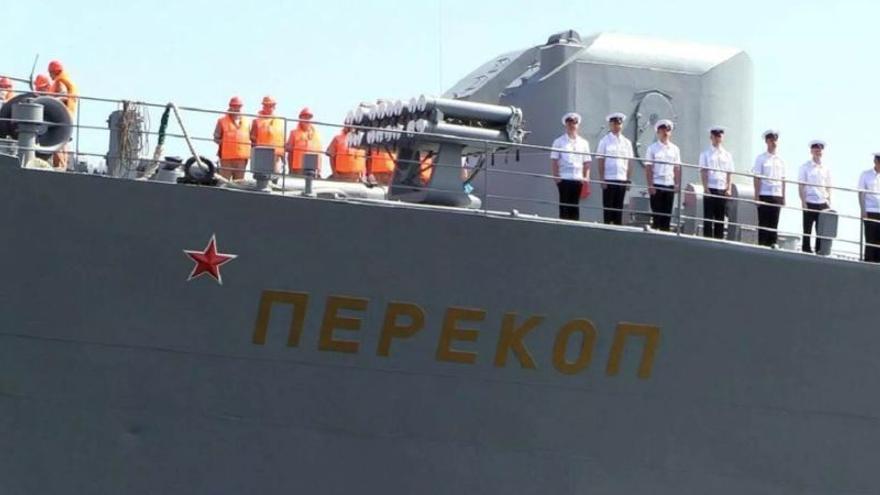
![]() 14ymedio/Yucabyte, Havana, 17 August 2023 — Heightened tensions during the second anniversary of the mass protests on July 11, 2021 (known in Cuba as 11J), a seemingly unstoppable rise in crime and alleged sabotage of state institutions were among the concerns fueling rumors that circulated throughout the country in July. On the other hand, efforts by various social network accounts linked to the regime to control the narrative and whitewash police actions during those protests also sharply increased.
14ymedio/Yucabyte, Havana, 17 August 2023 — Heightened tensions during the second anniversary of the mass protests on July 11, 2021 (known in Cuba as 11J), a seemingly unstoppable rise in crime and alleged sabotage of state institutions were among the concerns fueling rumors that circulated throughout the country in July. On the other hand, efforts by various social network accounts linked to the regime to control the narrative and whitewash police actions during those protests also sharply increased.
On the eve of the 11J anniversary, several social media users reported a series of “preparations” by the government which included guard shifts at workplaces, the organization of rapid response brigades to deal with any incident that might occur, and surveillance and militarization of key public spaces such as parks and plazas.
In this context, it was not difficult to view the arrival of the Russian warship Perekop as one more attempt at intimidation. Even more surprising was the abrupt cancellation of two previously announced tours of the ship to which the public had been invited
Among the theories used to explain the cancellation was the fact that independent media had reported that the Perekop’s arrival happened to coincide with the anniversary of the June 11 protests. There was also speculation that the Russian crew were concerned about the possibility of Cubans spying on the ship. Neither Cuban nor Russian officials offered an official explanation however.
Poor internet service during the anniversary of the protests also got people talking. There was speculation the regime had found a formula to block VPN (virtual private network) apps that allow users to access webpages that are banned on the island. Reports of severed phone lines and connectivity problems as well as attacks — both virtual and physical — on activists, who were prevented from leaving their homes, were also confirmed.
Several social media accounts, especially on Facebook, have been reporting almost daily on crime in the country. The level of detail in these reports , as well as their defense of both Cuban counterintelligence and the police, has led many to conclude the Ministry of the Interior is behind them. These mostly anonymous accounts (with names such as Mauro Torres’ Page, Cuban Legionnaire, and The Faithful Cuban) as well as the apparently collective or regional ones (Force of the People, Realities from Holguín), are frequently cited as sources by the official press.
This has not prevented numerous users from reporting acts of violence such as the assault in Havana’s Plaza of the Revolution district on an elderly parking lot attendant in which three electric motorcycles were stolen. It was also reported that a retired police officer, with backup from of a few residents, was the only person available to catch the thieves. The men had tried to rob a house in San Juan y Martínez, a town in Pinar del Rio province .
Tourists have not been immune to the crime wave affecting the island according to several rumors. A car with tourist license plates was allegedly stolen in Gibara, a town in Holguín province. Several social media users report the vehicle was ultimately returned and the thieves apprehended.
Havana’s Vibora Park neighborhood stands out as an area plagued by police inaction, where criminals are protected by certain high-ranking officers. According to rumor, assaults that occur in this area go unpunished and local residents usually do not rush to aid the victims.
One case that has gone viral involves the assault of a young man by four police officers. After beating him, the rumor alleges, they robbed him of his mobile phone, more than 50,000 pesos and a bottle of rum. Although the claim was accompanied by a video shot in front of Havana’s Dragones police station, with comments from an unidentified voice denouncing the aggression, there are no clear images confirming the alleged attack.
Rumors were also circulating this month that sabotage by unidentified opponents of the regime may have been the cause of several fires on the island. Since most of these incidents occurred in state buildings such as the Astilleros del Golfo in Granma, and the local radio station in Manzanillo, there has been speculation that they were set intentionally.
____________
COLLABORATE WITH OUR WORK: The 14ymedio team is committed to practicing serious journalism that reflects Cuba’s reality in all its depth. Thank you for joining us on this long journey. We invite you to continue supporting us by becoming a member of 14ymedio now. Together we can continue transforming journalism in Cuba.
